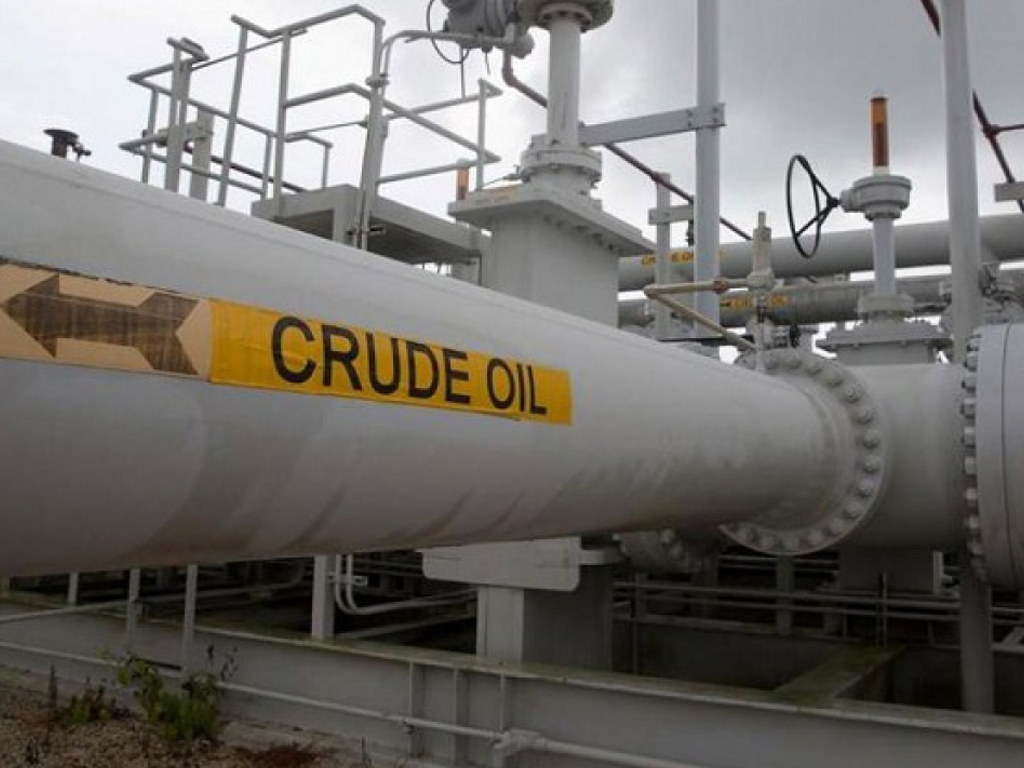 Venezuela's crude shipments to India, its third largest export market, fell 21 percent in the first half of the year, according to internal documents from state-run PDVSA, adding to supply troubles for Indian refiners as they are increasingly pressed to diversify oil imports.
Venezuela's crude shipments to India, its third largest export market, fell 21 percent in the first half of the year, according to internal documents from state-run PDVSA, adding to supply troubles for Indian refiners as they are increasingly pressed to diversify oil imports.
Venezuela's production decline to a 30-year low and export woes stemming from mismanagement, lack of investment and payment delays are affecting almost all of the OPEC-nation's customers.
But the impact on India is notable and comes as its refiners are now preparing for a "drastic reduction to zero" of oil imports from US-sanctioned Iran.
Last week, PDVSA officials met with executives from India's Reliance Industries and Russia's Rosneft, which owns a majority stake in India-based Nayara Energy , to discuss trade issues, the state-run company said.
The talks focused on how to remedy export delays, according to a person familiar with the matter.
Venezuela sent almost 280,000 barrels per day (bpd) of heavy crude to India in the first half of the year, a 21 percent drop versus the 355,500 bpd shipped in the same period of 2017, according to PDVSA trade documents.
The decline is the second steepest after the United States, which has suffered a drop of about 30 percent in crude imports from Venezuela this year, the documents seen by Reuters show.
If crude supplies from Iran and Venezuela, two of India's top five oil suppliers, cannot be secured in coming months, some of the nation's refiners would have to rely almost entirely on sourcing the heavy barrels they need from Iraq, according to analysts.
"Indian refiners are very worried about supply from Iran, but also from Venezuela," said Robert Campbell from consultancy Energy Aspects.
Saudi Arabia is expected to boost supply to India in the short term, but those barrels would not match the quality of the missing Venezuelan crude, he added. "The lack of heavy barrels is not a problem only in the Atlantic Basin but in Asia as well," he added.
PDVSA and Nayara did not reply to requests for comment. India's Reliance declined to comment.
India is the world's fourth largest refiner after the United States, China and Russia. While Chinese and Russian firms resell a large portion of the Venezuelan crude and fuel they receive to monetize oil-for-loan agreements, Indian refiners need the barrels they get through crude supply contracts with PDVSA.
FEWER BARRELS FOR EVERYBODY
Venezuela's crude output is declining faster than expected amid insufficient investment, attempts to seize its overseas assets over payment disputes and skilled workers leaving its oil industry due to low salaries and an extended corruption probe within PDVSA.
The country's oil production averaged 1.58 million bpd in the first five months of 2018, according to figures reported to OPEC, its lowest annual level since 1985. The fall, which is putting pressure on global supply and contributing to growing oil prices, has also taken a toll on exports.
PDVSA last month requested customers not send tankers to its main port of Jose to alleviate congestion. But vessels have continued arriving mainly for Chinese, Indian and US clients, according to Thomson Reuters vessel tracking data.
The tanker bottleneck has worsened since May, when ConocoPhillips started legal actions to seize PDVSA's assets to satisfy a $2-billion arbitration award, blocking the state-run firm from using its Caribbean terminals.
In June, PDVSA shipped to India 268,300 bpd after servicing some vessels that had waited for up to a month to load. The Venezuelan firm plans to deliver some 240,000 bpd in July, according to Reuters and PDVSA data.
The unstable crude supply from Venezuela to India in recent months has mainly benefited Iraq, India's largest crude source, and United Arab Emirates, which in May replaced Venezuela as India's fourth biggest crude supplier.























Comments
Comments are closed.